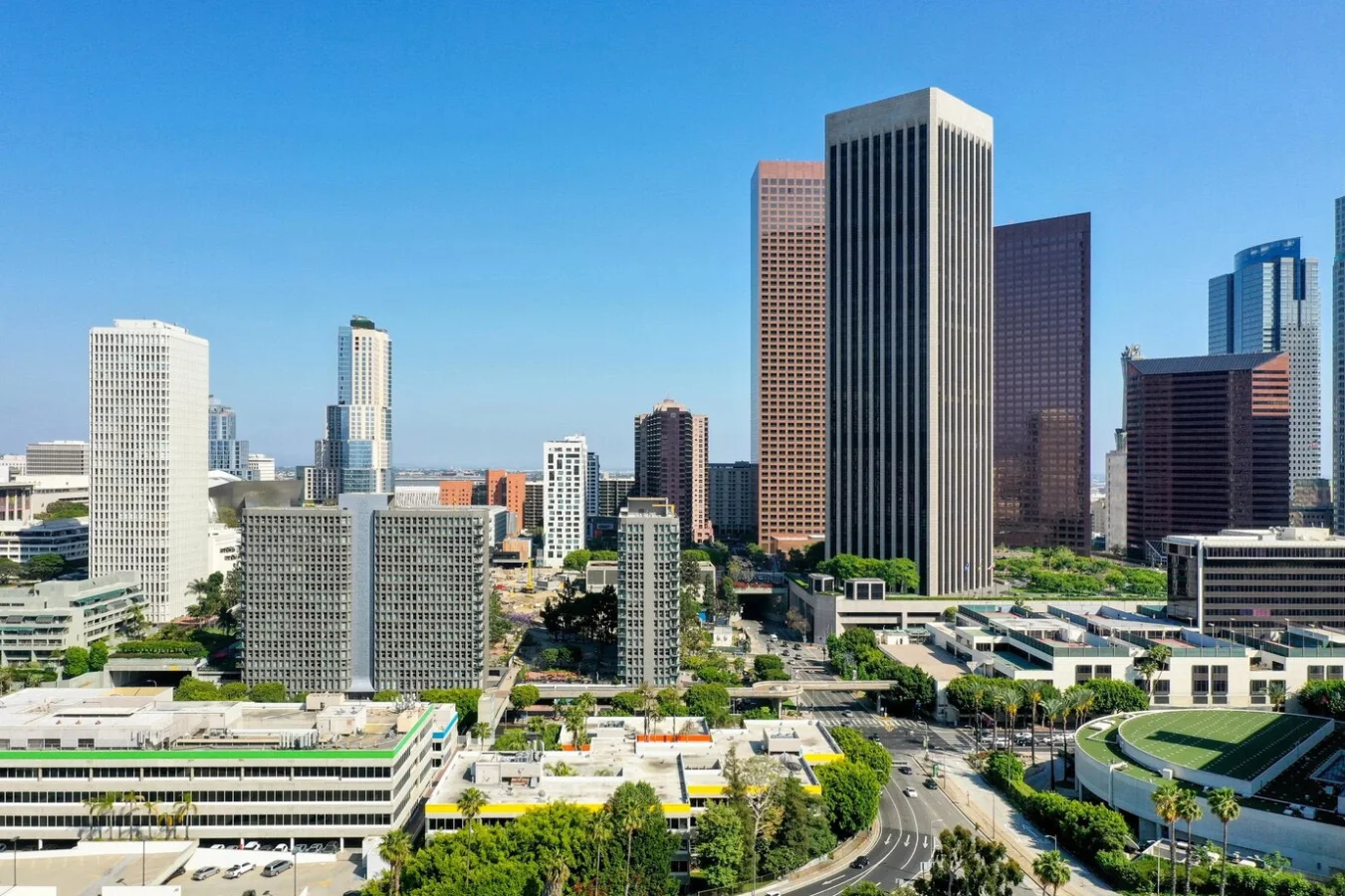
Modern urbanization encourages vertical growth due to increasing population and limited space. This situation makes the construction of high-rise buildings widespread, especially in big cities. However, this construction trend brings with it an important question: How should green areas be protected and selected when high-rise buildings are built? Establishing the right balance in urban planning is of critical importance for a sustainable and livable urban life.
The Importance of Green Areas
Green areas are the lungs of cities. The presence of green areas in areas where high-rise buildings are concentrated provides great benefits both environmentally and socially. Green areas improve air quality, regulate temperatures and contribute to biodiversity. At the same time, they provide areas where city dwellers can rest, do sports and meet nature. Therefore, the protection and increase of green areas in regions where high-rise buildings are built is of vital importance.
Green Area Selection and Planning
When planning the construction of high-rise buildings, the correct selection and protection of green areas requires careful urban planning. Here are some important factors to consider during this process:
1. Protection of Existing Green Areas
In areas where high-rise buildings will be built, the protection of existing green areas should be a priority. This is necessary both to ensure environmental sustainability and to provide a natural living space for city dwellers.
2. Green Roofs and Vertical Gardens
In areas where high-rise buildings are built, alternative solutions such as green roofs and vertical gardens can be evaluated. These methods both offer a life in touch with nature to building occupants and compensate for the lack of green areas in the city.
3. Community-Oriented Green Areas
In urban planning, green areas that serve the needs of the community should be created around high-rise buildings. Community-oriented green areas such as parks, playgrounds and walking paths can strengthen social ties and increase the quality of life in the city.
4. Environmental Impact Assessment
The environmental impact assessment to be carried out during the construction of high-rise buildings is a critical step in terms of protecting green areas. This assessment analyzes the possible effects of the construction process on the environment and determines the necessary measures.
Integrating Green Areas with High-Rise Buildings
In today's urban planning, integrating green areas with high-rise buildings stands out as an innovative approach. This integration benefits not only the residents of the building, but all city residents. For example, transforming open areas around buildings into green areas or opening the ground floors of buildings to green areas can increase access to nature in the city.
Conclusion
Protecting and correctly selecting green areas when building high-rise buildings is one of the cornerstones of sustainable urbanization. Not ignoring green areas in urban planning is of great importance for the health and quality of life of city dwellers. Therefore, ensuring the existence of green areas in areas where high-rise buildings are concentrated is a critical investment for the future of cities. Urban planners, architects and decision-makers should build livable, sustainable and healthy cities by considering this balance.